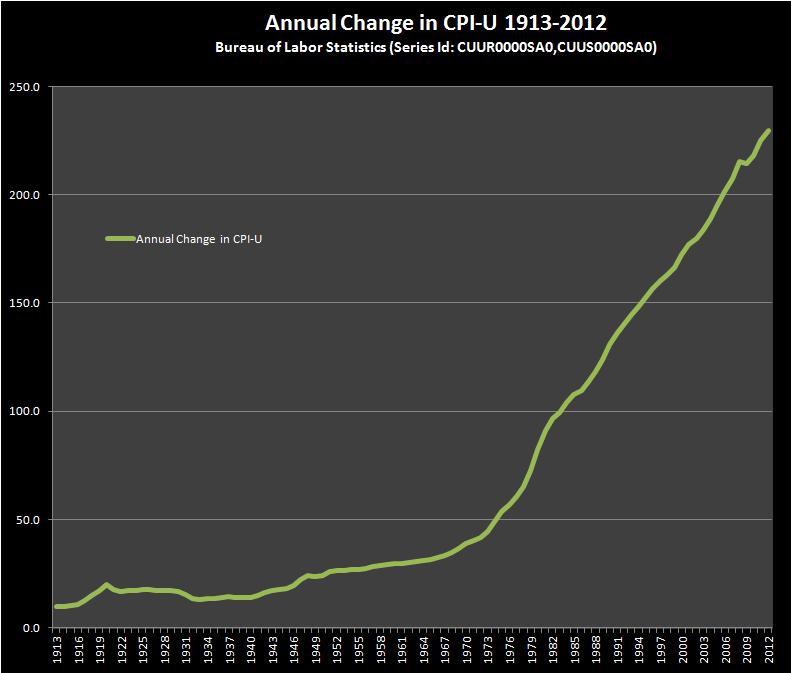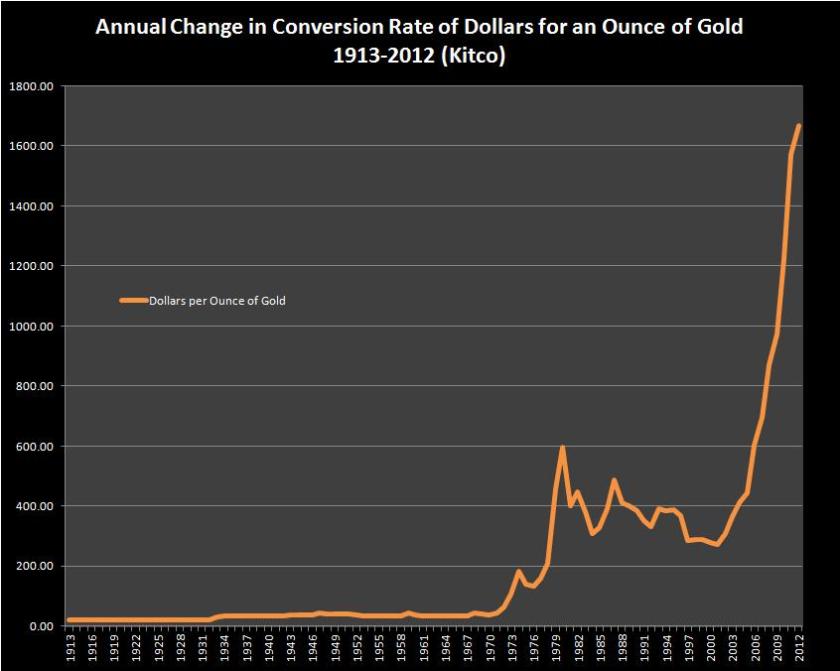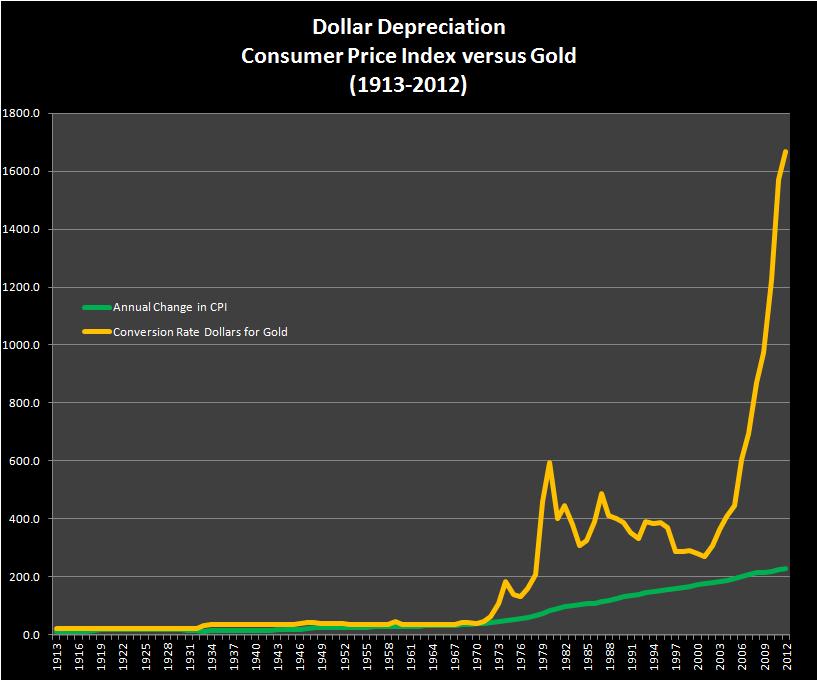5. Capitalistically Determined, Materially Determined and Superfluous labor times
If I understand Postone’s argument in his book Time, Labor and Social Domination, (and he can speak to this if I am misreading him) in the capitalist mode of production value (i.e., ‘socially necessary labor time’) appears in not one, but two distinct, historically determined forms. So far as I know, Postone is the first theorist since Marx and Engels to show how these two forms of labor time are embedded in the capitalist mode of production itself. He defines the two forms of value for us as,
“the total labor time determined as socially necessary by capital, on the one hand, and the amount of labor that would be necessary … were material wealth the social form of wealth, on the other”.
There is, as Postone explains, a duration of socially necessary labor time that arises from the material needs of the social producer, the combined body of all workers engaged in social production, and a distinct and separate duration of socially necessary labor time that arises from the needs of the capitalist mode of production itself. I will refer to the total labor time of society as the capitalistically determined labor time and the amount of labor that would be necessary if material wealth were the social form of wealth as the materially necessary labor time.
 There is nothing to say that these two durations of socially necessary labor time must be the same. In fact, the recurrent crises of the capitalist mode of production is nothing more than the forcible adjustment of these two durations of socially necessary labor time. Moreover, as Postone shows in his reconstruction of Marx’s category of superfluous labor time, the aim of capitalist production is the constant and ever increasing extension of labor time beyond that duration required for the needs of the social producers. Which is to say, the aim of the mode of production is to maintain and increase, by all means at its disposal, an imbalance between the two durations of socially necessary labor time — to constantly generate labor that is completely superfluous to society.
There is nothing to say that these two durations of socially necessary labor time must be the same. In fact, the recurrent crises of the capitalist mode of production is nothing more than the forcible adjustment of these two durations of socially necessary labor time. Moreover, as Postone shows in his reconstruction of Marx’s category of superfluous labor time, the aim of capitalist production is the constant and ever increasing extension of labor time beyond that duration required for the needs of the social producers. Which is to say, the aim of the mode of production is to maintain and increase, by all means at its disposal, an imbalance between the two durations of socially necessary labor time — to constantly generate labor that is completely superfluous to society.
Postone explains that, at a certain point in the development of the productive forces of capitalist society, these two forms of labor time can no longer be resolved through crises, but, instead, gives rise to a third category of labor time — superfluous labor time:
“With advanced industrial capitalist production, the productive potential developed becomes so enormous that a new historical category of “extra” time for the many emerges, allowing for a drastic reduction in both aspects of socially necessary labor time, and a transformation of the structure of labor and the relation of work to other aspects of social life. But this extra time emerges only as potential: as structured by the dialectic of transformation and reconstitution, it exists in the form of “superfluous” labor time. The term reflects the contradiction: as determined by the old relations of production it remains labor time; as judged in terms of the potential of the new forces of production it is, in its old determination, superfluous.
Postone demonstrates theoretically that the superfluous labor time of society — the mass of unproductive labor time that can be immediately abolished, converted into leisure time for the great mass of society, for the working class — is nothing more than the difference between the labor time necessary for the continued existence of capitalist relations of production (capitalistically determined labor time) and the the labor time necessary for satisfaction of the needs of the working class (materially necessary labor time)
Both of these two distinct and unequal durations of socially necessary labor coexist within the total labor time of society. They do not, however, form separate parts of the social labor day as might be imagined, but stamp the same expenditure of labor with two distinct and unequal measures of value. And, in keeping with our notion that all labor in the capitalist mode of production is a single undifferentiated mass of homogenous abstract labor, there is no way to directly distinguish capitalistically determined labor time from materially necessary labor time.
As I stated in the previous section of this series, we can, within labor theory only indirectly measure socially necessary labor time contained in any commodity in the form of its material expression in some definite quantity of a commodity money. If Marxists theorists are to be believed, however, socially necessary labor time itself now has two different measures: a mass of productive labor time and a mass of unproductive (or, in Postone’s argument, superfluous) labor time. Postone, however, is clear: the mass of superfluous labor performed by society is only superfluous from the point of view of future society. With regards to present day society, it remains ‘socially necessary labor time’ as determined by capitalist relations of production.
We, therefore, have two unequal durations of socially necessary labor time within one and the same expenditure of labor, each of which must be expressed in the form of a distinct money. The point where these two unequal durations of socially necessary labor time each acquires their own monetary expression is a world historical moment in the development of the capitalist mode of production. It is the point in the development of the productive forces created by capitalism where the two durations of socially necessary labor time can no longer be balanced even through the forcible adjustment produced by crises. That point was reached, I think, in the period beginning with the Great Depression and ending with the collapse of Bretton Woods in 1971.
It is not possible for there to be two distinct and unequal durations of socially necessary labor time as in late capitalism — capitalistically determined labor time, on the one hand, and materially necessary labor time, on the other hand — without this being expressed in two distinct and contradictory forms of money. For Postone’s argument to be correct the measure of socially necessary labor time must not only be expressed in two distinct and contradictory monies, but these two distinct monies must themselves express unequal durations of socially necessary labor time. Under the constraints of labor theory, therefore, it is only possible to separate capitalistically determined labor time from materially necessary labor time by comparing the total labor time of society as it is expressed in the two contradictory money forms — a commodity money and a state issued fiat currency.
6. The relation between the two forms of money
Above, I showed why I think Moishe Postone’s reconstruction of the labor theory category, superfluous labor time, implies two moneys. The two moneys are required because the total duration of abstract homogenous labor time in the ‘economy’ materializes two separate and contradictory quantities of socially necessary labor time. The first quantity is the quantity of socially necessary labor time that would be required if material wealth were the social form of wealth. Which is to say, if production of wealth was aimed at satisfaction of material needs of the producers. The second quantity of socially necessary labor time is the duration of labor time that is historically determined by capitalist relations.
The aim of capitalist relations, however, is the production of surplus value, of profit, which by definition requires longer hours of labor. At present, every expenditure of labor in the economy therefore has two durations of socially necessary labor time that are unequal and that each require their own monetary expression. In the United States, those two distinct moneys are the dollar and gold.
The question every holder of a money of any sort is concerned with is “How much of anything can this definite quantity of money buy.” It is the responsibility of the Bureau of Labor Statistics to track the so-called purchasing power of the dollar and publish data on this. This data is periodically published in several forms, the most commonly referenced of which is the Consumer Price Index. According to Wikipedia, first established in 1919, the CPI is a time series measure of the price level of consumer goods and services.
“The BLS currently computes thousands of consumer price indices, beginning with monthly average prices for each of 8,018 category-area combinations (211 categories of consumption items in 38 urban geographical areas). They also track how much of each of these category area combinations is in the “market basket” consumed by different groups of people.”
The basket of goods is determined by an fairly exhaustive survey of individuals across the country to document their consumption habits.
I will address this more completely in another post, but something must be said at this point: this market basket is nothing more than the average price of labor power expressed in the form of a basket of goods the working class consumes. Since the fascist state issued dollar is itself without any value, the actual value of labor power must be approximated employing a typical basket of commodities composing working class subsistence. The changes in the basket of commodities over time roughly tracks the changes in the wages of the working class.
Now why would this be a nice thing to know?
Because the aim of capital is the production of surplus value, i.e., some quantity of value in excess of the value of labor power. To be clear: the CPI does not measure changes in aggregate prices in the economy, it is an attempt to measure changes in the value of wages. It is, therefore, no question why Washington has been alert against the dangers of “inflation”: its sole concern is to control wages. The only concern Washington has with regards to inflation in the economy is the effect its counterfeiting of dollars has in increasing wages.
If Washington were concerned about price inflation generally, this concern would be directed toward the depreciation of the so-called purchasing power of the dollar that results from its counterfeiting. There is a very simple way to measure the decreasing purchasing power of the dollar that does not require an exhaustive survey of the consumption habits of 300 million citizens. This method is given in labor theory by the relation between the quantity of currency in circulation and the mass of commodity money this currency represents.
Marx states it this way:
“If the paper money exceed its proper limit, which is the amount in gold coins of the like denomination that can actually be current, it would, apart from the danger of falling into general disrepute, represent only that quantity of gold, which, in accordance with the laws of the circulation of commodities, is required, and is alone capable of being represented by paper. If the quantity of paper money issued be double what it ought to be, then, as a matter of fact, £1 would be the money-name not of 1/4 of an ounce, but of 1/8 of an ounce of gold.”
Which is to say, no matter the quantity of currency counterfeited by the fascist state, this currency will only represent the amount of gold that could replace it in circulation.
To find the value represented by any amount of currency — whether this is the dollar price of a single commodity or the total GDP of the United States produced in a year — the method is the same: One must first establish the exchange rate between dollars and some definite quantity of gold for that period.
That exchange rate cannot be defined in terms of dollars, but must be defined in terms of gold. So the exchange rate of dollars for gold is not $20.67 an ounce, or $35 an ounce, or even $1,400 an ounce today. This is because, in labor theory, money has no price. Rather it is a conversion rate where the value represented by a single dollar is expressed in the material form of some quantity of gold. Thus instead of ‘$35 per ounce of gold’, we have ‘one dollar represents 1/35th of an ounce of gold’.
Applying this measure allows us to see the depreciation of the so-called purchasing power of dollars, rather than what the BLS wants us to focus on: the change in price of labor power over time. The BLS wants us to focus on the change in price of labor power — wages — because it views things from the standpoint of the capitalist class, and expects us to view it from this standpoint as well.
But fuck the BLS.
We have no concern with the change in the price of labor power over time since we only aim to abolish all wages and labor itself. We want to see the changes in prices over time, in order to understand how much labor we can abolish right now based on Postone’s argument.
Here is the depreciation of the dollar due to state counterfeiting as reported by the BLS’s Consumer Price Index:

Here is the depreciation of the dollar as measured by the quantity of dollars representing one ounce of gold

Here is a comparison of BLS reported dollar depreciation versus the actual depreciation as measured in gold

Just as the BLS under-reports unemployment, it has for years under-reported the rate at which dollars are being depreciated by Washington counterfeiting of the currency. This would be bad if our objective was simply to mark the effects of fascist state counterfeiting on the purchasing power of your paycheck. But I am not at all concerned with the purchasing power of the valueless dollars you received in return for your labor power.
The point is the dollars are ‘dumb money’, a valueless currency that can be made to perform any trick the fascist state wants it to perform. If the fascist state wants dollars to hold down wages while allowing the prices of all other commodities to rise, it can do this. In this way, it can subsidize profits without you or anyone else noticing.
However the fascist state cannot fool gold, because it is not a dumb currency. It is commodity money and only reflects the values actually materialized in commodities. If you want to know the price of something, you look at dollars; but if you want to know the value of anything — i.e., the socially necessary labor time materially required to produce it — you have to look at gold.
Next, I will show just how little materially determined value your labor creates, and, based on this, the mass of present social labor that can be immediately abolished at one stroke.
I re-read what I think are the relevant pages of Postone’s book and discovered that I had missed some of what you found–in spite of numerous re-readings and even underlinings. Having done so, I wonder if your argument might be advanced by acknowledging, as Postone does, the difference between necessary and surplus at the level of the individual productive worker and necessary and superfluous at the level of the whole society. In addition, I think it is really important to note the impact of scientific (or universal) knowledge in the transformation of the production of wealth (of both kinds–capitalistic or material). Finally, though and perhaps most importantly, I think our analyses need to extent to and incorporate the circumstances, needs and possibilities of the millions (perhaps billions) of those who are superfluous laborers (people who are “monetary subjects without money”). How do we imagine the abolition of labor in the developed countried to be accompanied by the rapid introduction of the benefits of production in parts of the world deprived of those benefits–without worsening the environmental devastation of production as it’s currently organized.
John
LikeLike
I think these are very interesting questions. But to be honest, I could not even begin to answer them. I am only beginning to grasp the argument of this school and have much to learn. Thank you for your very interesting ideas of how to proceed.
–Jehu
LikeLike